Global Leaders in Ethical Fashion at Casa Italiana
As part of the New York University School of Professional Studies (NYUSPS) Division of Language and Humanities’ new initiative called Dialogues in Languages and Humanities, Casa Italiana Zerilli-Marimò hosted a panel on sustainable fashion as the second in the series. Tuscan-born Simone Cipriani, founder of the Ethical Fashion Initiative, moderated the discussion entitled Sustainability of Ethical Fashion in our Brave New World. Along with six global leaders of ethical fashion, the audience was exposed to unique brands that like Cipriani encourage the building of a more responsible industry.
Each panelist has made it a central part of their business models to produce in an ethical way that takes both people and the environment into consideration. Between poor working conditions, child labor, long hours, and low wages, the social ramifications of conventional manufacturing are more than problematic. Pair these with environmental issues, including pollution, contaminated drinking water, and the vast amount of dangerous chemicals and pesticides, and you’ll find that the fashion industry is traveling down a slippery slope towards disaster. In fact, it’s currently the second-largest global polluter behind oil.
Fortunately, many brands and industry workers, such as the panelists, are making a difference by being more conscious about production processes and using fashion as a vehicle for development for local artisans. The participants included the likes of: Oskar Metsavaht, artist, fashion designer, and founder of Osklen; Molly Yestadt, fashion designer and founder of Yestadt Millinery; Valeriya Safronova, fashion columnist for The New York Times; Andrew Ondrejcak, creative director, theater director, and artist; Leonardo Amerigo Bonanni, founder & CEO of Sourcemap; and Zolaykha Sherzad, humanitarian artist and founder/director of Kabul-based Zarif Designs.
Casa Italiana Director Stefano Albertini opened the evening, welcoming the crowd and thanking the panelists for their work and attendance. He emphasized Casa Italiana’s dedication to the fashion industry before handing the stage to Director of the Center for Applied Liberal Arts at the NYUSPS, Jenny McPhee. She gave Cipriani a warm introduction saying, “I can go on about Simone’s many significant and fascinating initiatives and projects, but we have a wonderful panel here and limited time.”
Cipriani, dressed in a dashing bright blue suit accessorized with his staple beard and exuberant personality, took over the microphone and expressed, “This panel was put together with purpose.” He continued, “It’s really a new world with new challenges, insecurity, inequality, climate change, new huge challenges for the human kind. So much so that every sphere of society is called to act on that, even business, even the industry of fashion. We speak today in this sense about the engagement of business about conscious capitalism. This is to say a form of capitalism that embeds social issues in its business model. It’s capitalism with a higher purpose in which the purpose is people and the profit is the happy outcome of doing good business.” He also reassured that the ethical fashion movement is happening and wiped out any misconceptions surrounding holistic approaches to sustainability.
The calm and collective Oskar Metsavaht in an all black outfit was the first to explain his company. He prefaced his presentation with his definition of luxury. “When you dedicate yourself to others to design, to use knowledge, to use your talent, to use the best materials, to do everything that you do, you are being noble. You are trying to do something that is the best for others. When you’re doing that this service or product becomes sophisticated. If it’s sophisticated it’s luxury. So noble values, human values are equal to luxury.” Therefore, Oskelen is luxury. His Brazilian fashion brand is based on harmonization of contrasts, in which urban and nature, organic and technological live together. His creative process begins with a scene, a story, a style, or a concept that he creates or from something that he lived. For example, one of his collections was inspired from a tribe in the Amazon, who later received royalties from the sale of his clothes.
Molly Yestadt was the second panelist to take the spotlight. Dazzling in a fedora straight from her collection, she explained with soul the company she created on artisanal business. Her Yestadt Millinery specializes in women’s and men’s hats and accessories based in New York and is 100% women run and operated. She launched her company “under the premise of creating a collection that would take hats and this very specific niche artisan craft to the center of the accessories market.” She works with artisans internationally for raw materials, as well as in the New York area for highly skilled craftsmanship. By collaborating with Cipriani’s Ethical Fashion Initiative, she connected with a community in Haiti to weave straw hats, bags, and so forth as a means of poverty reduction. She highlighted that for her it’s all about the product. “The quality has to be 100%. That starts from the base up. It starts from the raw materials, from the concept, all the way through each production step to the retail store. I find myself uncompromising on the design end quality aspects of all of our product.” She concluded, “The product really has to speak for itself and really tell the story in a cohesive way.”
Different from the rest of the panel, Valeriya Safronova offered a unique perspective as reporter who has witnessed the engagement of the fashion industry in today’s social issues. She talked about the different versions of fashion activism that she has seen through her work, including designers involved in helping the protestors of Standing Rock. She began with Kerby Jean-Raymond, a Haitian American native New York fashion designer and founder of the menswear label Pyer Moss, who brought supplies to those protecting their land. She also explained the efforts of two Native American designers, including Louie Gong of Eighth Generation, who sent blankets to keep protestors warm, and Bethany Yellowtail, who created what she dubbed Protector Gear, the proceeds of which went toward the Standing Rock Sioux's legal fund.
Next up: Brooklyn-based artist Andrew Ondrejcak, who mainly works in live performance, was by chance one day asked to direct fashion shows. Fast-forward to Paris, he met Vivienne Westwood and was introduced to the Ethical Fashion Initiative. He collaborated with the initiative to create costumes and was asked to meet the artisans who are making the materials they’re working with. He went to Haiti and on his first visit he met women who were doing hand embroidery. The first thing he saw was a woman working on different bird patterns and asked her to make him an apron, though he did not have a use for it yet. He explained, “This is usually how my process works. Meet an artisan, place an order, and rely on the authority of the artisan to create the design.” He finished with a few breathtaking pictures—taken at the Park Avenue Armory during his time as artist in residency—of his original designs from unique materials either crafted by artisans or that he purchased on his travels.
The only person involved in software, Leonardo Amerigo Bonanni connects consumers and businesses through traceability. Sourcemap, a supply chain mapping software company, helps manufacturers and brands trace products from raw materials to end consumers, and in the process save money, reduce risk, and improve social and environmental compliance. “People have a right to know where products come from. If we don’t know where things come from, we can’t know how they were made. If we don’t know how they were made, we can’t ensure anything about them: the quality, whether the price was fair, let alone any social or environmental impact.” He continued, “If you think about your cell phone, there were probably about a quarter million people who brought it to you.” He ended, “If you are on the site, just browse around and learn. If you are a company or in a brand, get them on there. This is the new standard for transparency.”
Last but not least, Zolaykha Sherzad told the story of her Kabul-based Zarif Designs. She works with women in Afghanistan, where she lived until she was 10, to produce beautiful fashion products that come from the culture of the country. “I felt a calling to contribute to this place where I grew up.” She continued, “I went back to Afghanistan with the hope that there was something more beyond war. There’s humanity within the concept of war. There is hope. There is future. There is a light. There is divinity that needs to be given back.” So why fashion? “Fashion was such a strong statement, especially during the Taliban. If you look at women, identity was totally reduced to nothing with head-to-toe burqas. After the fall of the Taliban, you saw women trying to assert themselves, like the men cutting their beards, to really rejoice who they are.” There was this search of, ‘What do we do? What do we wear?’” Today, her company employs 52 local Afghan artisans, practicing the art of "slow production." She makes an effort to source traditional fabrics from Afghanistan and Central Asia, fostering fair-trade practices and the use of natural dyes. All of the tailors, seamstresses, embroiderers, and weavers are given a place in which they can preserve their cultural traditions that are in danger of being replaced by mass produced commercial goods.






























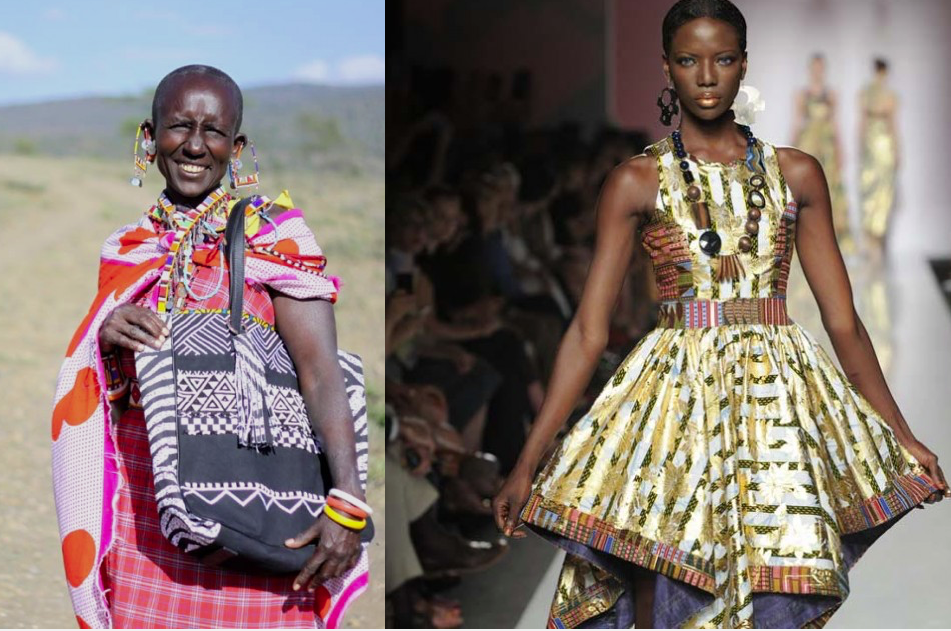
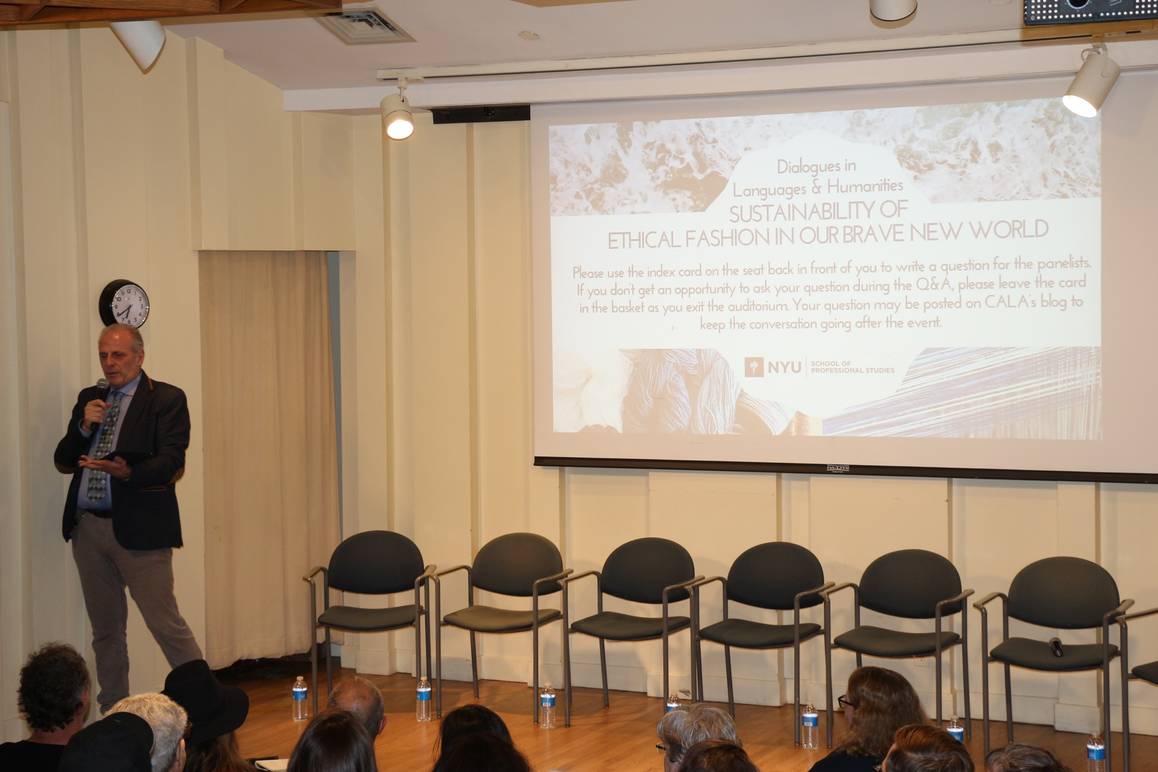
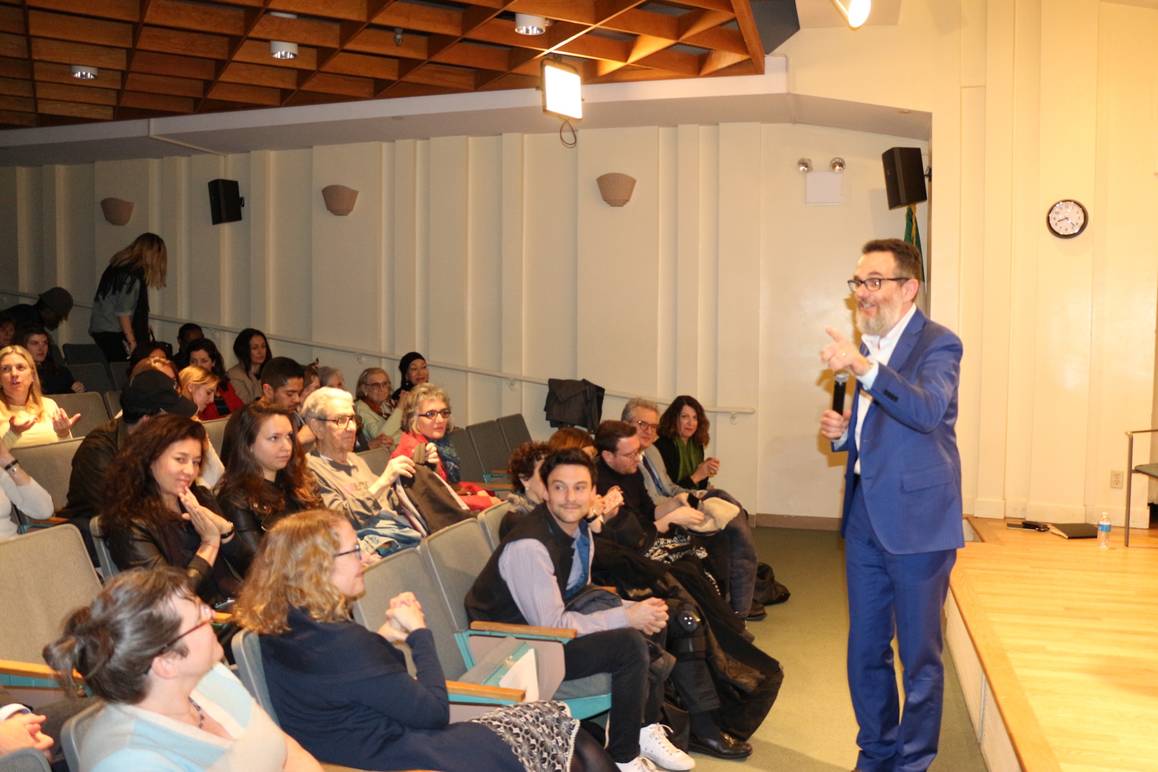

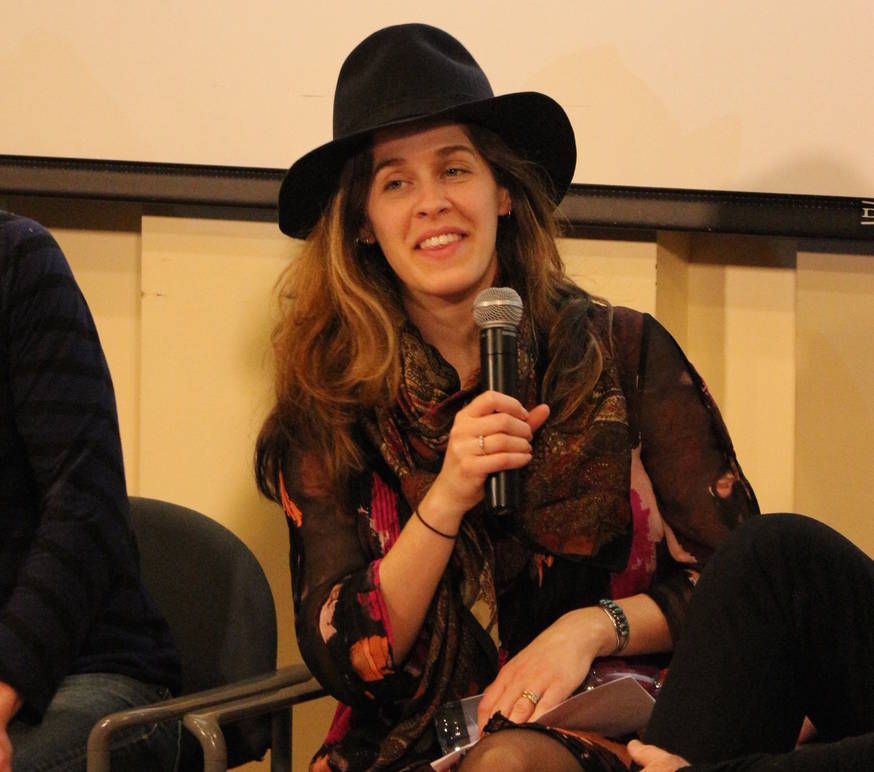
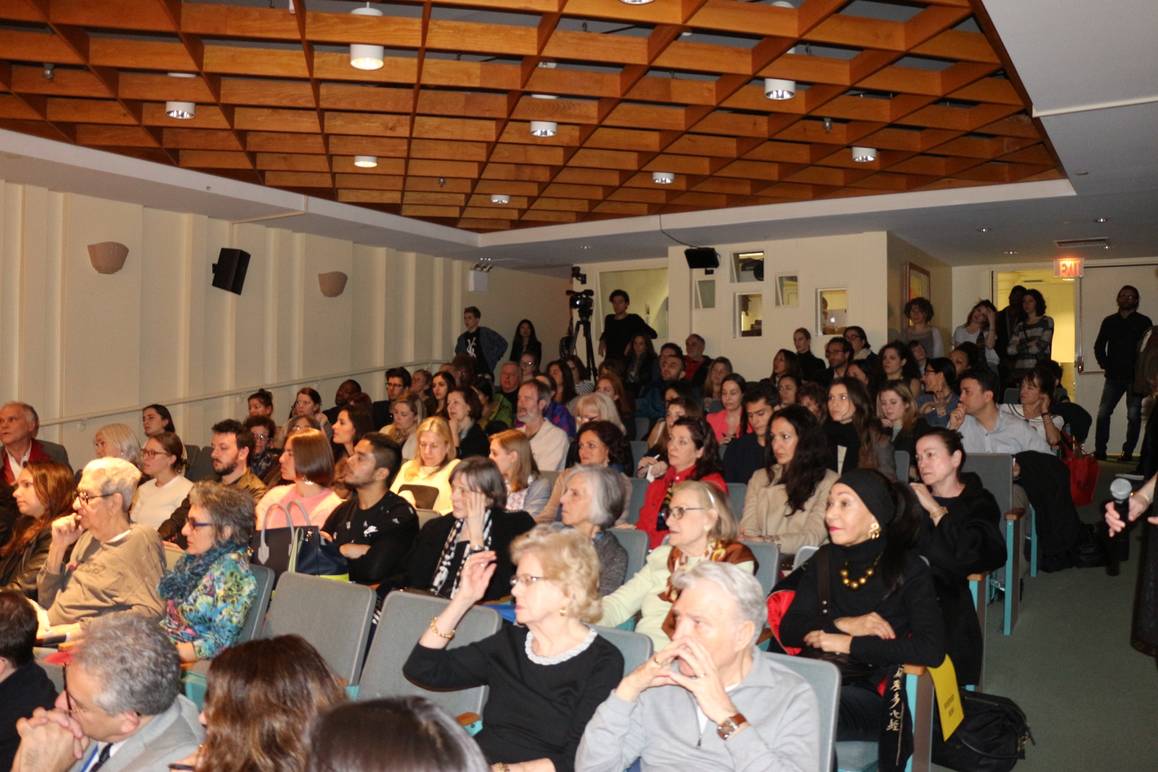
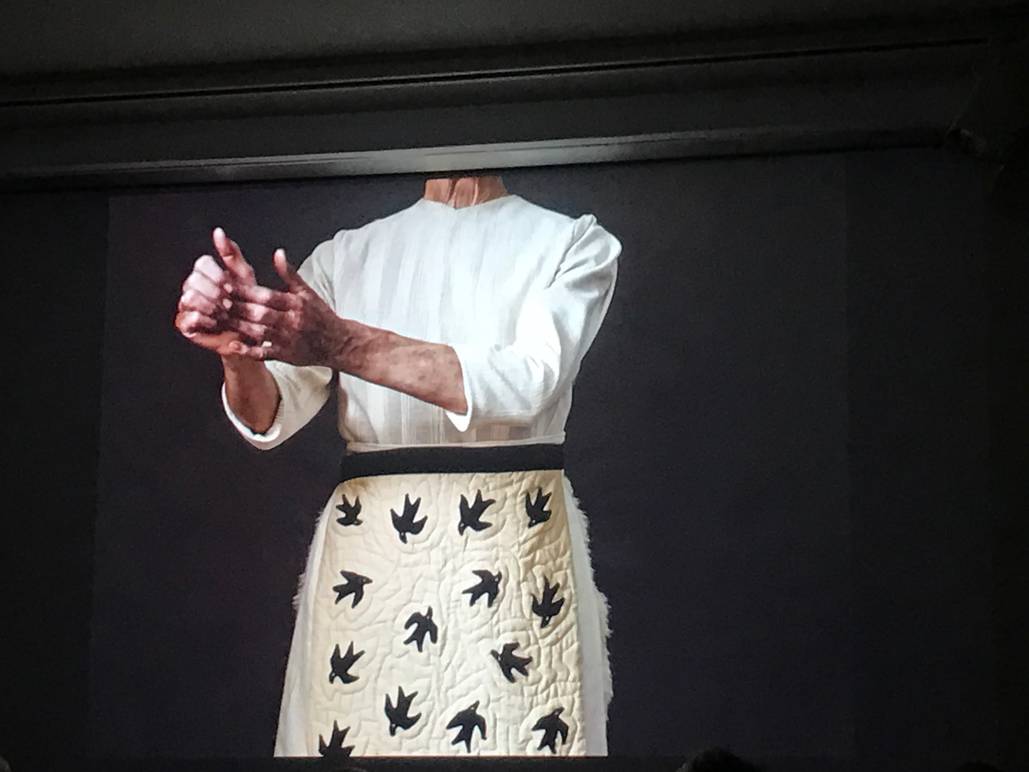

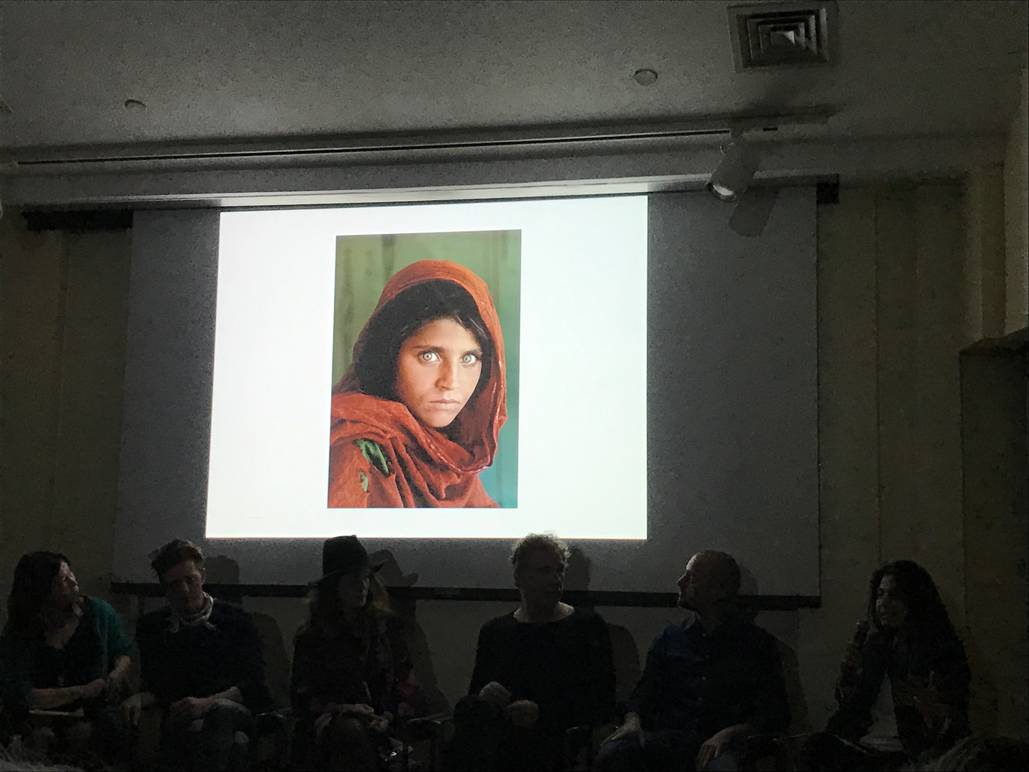



i-Italy
Facebook
Google+
This work may not be reproduced, in whole or in part, without prior written permission.
Questo lavoro non può essere riprodotto, in tutto o in parte, senza permesso scritto.